This is the second instalment of my foray into some of the foundations of Chinese internal arts. I have just finished teaching a weekend of Ba Gua Zhang, one of the three major internal martial arts. There was a lot of very focused work as we explored 4 of the static postures of the 8 ‘Mother’ Palms.
Ba Gua Zhang is translated as “Eight Trigram Palm.” This is a reference to its philosophical roots in the Taoist classic the ‘Yi Jing, The Book of Changes.’ The eight trigrams represent the fundamental patterns of change in nature. The trigrams are associated with the energies of Heaven, Earth, Fire, Water, Wind, Lake, Mountain and Thunder. The practice is focused on circular walking holding various static body postures, palm techniques, and coiling movements. It combines deep internal cultivation and a physical experience of Taoist cosmology with gradual development of martial skill. One of the fundamental aspects of its cultivation practices is to fill your self with your awareness and then expand that awareness out in to the circle you are walking. The practitioner and process are not separate. This merging reflects the shift from a controlling awareness to spontaneous participation in the flow of the circle. In the end rather than you walking the circle it is almost like the circle is walking you. Like mist in mist, the sensation and the self merge.
Cosmology
“Man perceives himself, his thoughts and feelings as something separate from everything else, a kind of optical illusion of consciousness. This deception is a kind of prison for us, limiting us to personal desires and attachment to a few close to us. Our task is to free ourselves from this prison, extending the circle of our compassion to embrace all living beings and all nature in its beauty…..When something vibrates, the electrons of the entire Universe resonate with it. Everything is connected. The greatest tragedy of human existence is the illusion of seclusion….Everything is energy, and that is all that there is….This is not a philosophy. This is physics.”
Albert Einstein
The universe is for the most part, 95% or thereabouts, made up of patterns of movement. These patterns are expressed everywhere. From the movements of the stars and spiralling galaxies, the ever changing flow of clouds and water, the growth, opening and closing of plants and the movements of animals. These patterns are also evident in our bodies too. For example the human lung’s branching pattern, the bronchi to bronchioles to alveoli, is mirrored in trees. The way a tree grows adopts a similar design to maximise light capture and airflow, splitting branches repeatedly to spread leaves wide and thin. The same is true in the blood vessels moving from arteries to arterioles to capillaries. This again mirrors river tributary networks, where scale and branching patterns follow similar laws of fluid dynamics. Spiral galaxies embody logarithmic spirals, the same form seen in natural phenomena like whirlpools, storms, and plant growth structures. Again, universal geometric laws shape systems across all scales of existence. It is important to remember that in the heavens, on the earth and in human beings it is the same organisational patterns that are expressing.
The most fundamental pattern in the universe is an expansion and contraction. This can be experienced in many ways, the breath in and out, changes of the seasons, the rise and fall of the tide, the day transforming in to night, Yin and Yang and life and death. This primal pattern allows a constant adaption and change to occur that is a central part of life.
The Chinese character Li (理) is used to describe these primal networks or patterns it is the ‘grain of a thing’ through which movement can flow. The original meaning of the character was the grain in Jade. It has been translated as an “organic pattern” or a “pattern of behaviour that occurs when one is in accordance with the Tao.”
These natural patterns do not have a rigid structure. As the great Alan Watts said the “physical world is wiggly.” The patterns can seem to be random but there is an internal sense of knowing them. This knowing is a recognition of the fact that the pattern is occurring inside you too.
Another term that is important to internal arts training is De (德). This is translated as Virtue. To develop virtue we are working on becoming aware of, and allowing, these patterns of heaven, Li, to be expressed in ourselves as completely as is possible. Through this work with Li and De, we foster this integration of body, heart, spirit, environment and moment. We are walking the path of “Taking no action yet leaving nothing undone.”
To find our way in the world we need to have a point to orientate to. In nature we have magnetic north, the Sun and stars. They set us on the right path and allow us to move with a clear sense of direction. In our bodies this point of orientation, around which our internal patterns move, is located in the centre of the body in the area of the heart and solar plexus. This heart centre lies in the middle of our being, and like the sun is the point around which the patterns of our existence flow. The light that emerges from the heart is called the Shen Ming. This is the light of our unique pattern of existence radiating from our own internal sun. Like the movements of plants opening, closing and tracking the sun, our internal movements orientate to our internal light (Shen Ming). Our form is the vessel in which these natural patterns move. The world of form, which is called Hou Tian (post heavenly), arises from the world of patterns, Xian Tian (the pre heavenly state.)
The return to natural movement is a return to the self. Our life experiences and beliefs are written into our structure and movements. This is our normal or normalised way of being. Through ongoing practice of Nei Gong we move towards the state of being called Ziran (自然), naturalness or “that which is so of itself.” This is describing a state where you have movement without the need for a “doer’, or to put it another way, a verb without the need for a noun or subject. This ‘natural self’ is expressed through the body.
Stories, attention and intention
In life, you can only hear what you are ready or able to hear, based upon where you are in your self and your journey. I remember one occasion where my teacher was talking to two of us about an aspect of training. After he had finished and walked away we turned to each other and compared notes on the conversation. Both of us said something completely different. Not just paraphrasing but a completely different sentence and meaning. This experience demonstrated this point to me, you hear what you can and need to hear at the time. It is only when you are at the right place in yourself that you finally do hear what is being said and it can become a part of you. The fact that there are so many different conceptual frameworks in these arts means that it is helpful to explore a number of different perspectives. This allows for a more complete picture to build to help that ‘hearing’ to occur.
We are bombarded every day by such an onslaught of information to our senses that we have to develop filters to organise and contextualise this input. The stories that we tell ourselves give us this context and allow us to ‘hold firm’ in who we are, what we do, where we are going. This is all conveniently wrapped up in the tale of ourselves. Every story creates a compromise and a distortion in our being. We are experiencing our lives and the world through the perspective of our story. This means that other perspectives are not available to us. Beliefs are by their nature not solid. They can be held for decades and then vanish in an instant and a new story can appear that could be completely opposite to the previous one and yet feel as deeply true to us.
Central to the practice of these arts is to engage with the body. This is where life begins and ends and it is always in the moment. This is the place where the truth of ourselves resides. To fully engage with ourselves and to move inside we need to be able to release and allow our minds to rest. We release our minds by starting to pay attention. It is through a particular type of attention that is developed through practice that we start to move from external to internal attention. We are cultivating a harmony of body and mind (internal attention) that allows a progressive deepening into expanded layers of spaciousness within our being.
The concept of attention, how it is cultivated, directed, and refined, is central to the Chinese internal arts, and it resonates across other Asian contemplative and martial traditions. While each culture has its unique frameworks, there are shared threads, particularly in how attention links the mind, body, and subtle energies. Attention is not just passive observation, or an ongoing narration about what is occurring. It is a dynamic force that organises the body’s energy and structure. Attention is trained not just as a mental skill, but as a way of being. It’s something that gets embedded in the posture, breathing, movement, and consciousness itself.
To develop an internal awareness we start letting go of the attachment to the stimulus of the senses including our thoughts, which are all part of our external awareness. Release the mind and rest in the body and moment. Over time as we rest deeper and deeper in to ourselves our internal intent starts to develop.
Intent (意), Yi, could in some ways be translated as instinct. The character is the image of the heart below a musical note or vibration arising from the universe. It is the idea of something that resonates with the heart of our being. Like the ‘one breath’ it is something that can only naturally arise. It is a knowing that springs from the truth of our original nature that guides and drives us on our path of destiny. It is a focused awareness that is allowed to emerge through the release of the mind and harmonising the attention with the body and its energies.
This is the manifestation of our Shen Ming, the natural primal pattern that grows from the seed contained in the radiance of our heart. The spirit manifests itself through this intent. It does not require thinking about or deciding between things. It is a clear knowing that there cannot be any other way. When moving from this place there is a sense of clarity and peace. The light of our true self shines and life responds to what you are in that shining radiance, not to what you want or any story we grasp on to. This is the realm of the Xian Tian, Nei Dan (inner alchemy) and intent.
The Way of the Heart from chapter 8 of the Ling Shu describes the arising of the intent.
Heaven within me is Virtue.
Earth within me is the Qi.
Virtue flows down, the Qi expands, and there is life.
The coming forth of living beings indicates the Jing.
The embrace of the two Jings indicates the Spirits.
That which follows the Shen faithfully
in its going and coming indicates the Hun.
That which associates with the Jing
in their exciting and entering indicates the Po.
When something takes charge of the beings,
we speak of the Heart.
When the Heart applies itself,
we speak of Intent.
When the Intent becomes permanent,
we speak of Will.
When the persevering Will changes,
we speak of Thought.
When Thought extends itself powerfully and far,
we speak of Reflection.
When Reflection can have all beings at its disposal,
we speak of Knowing-how.
Thus, Knowing-how is the maintenance of life.

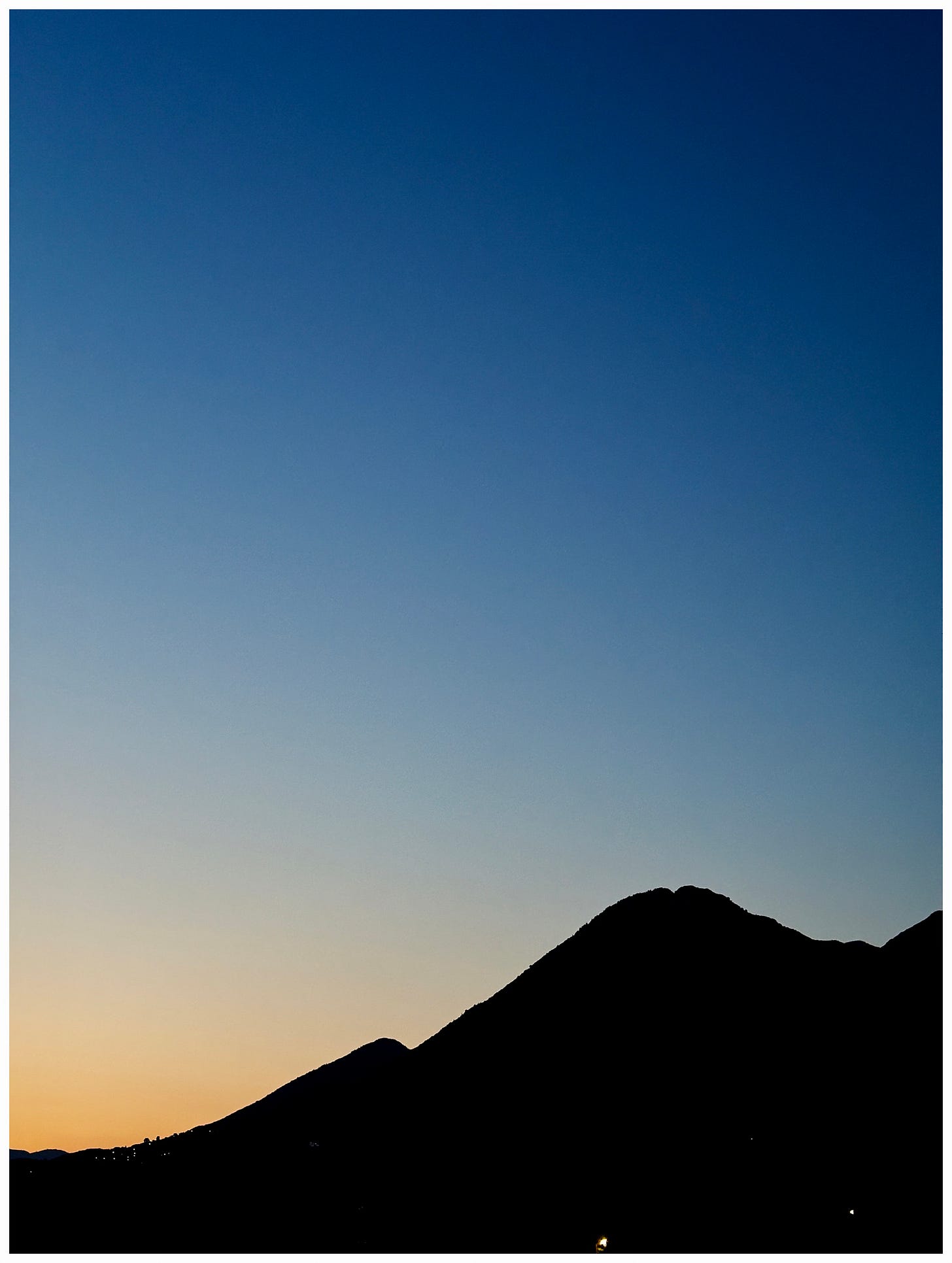
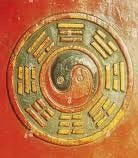
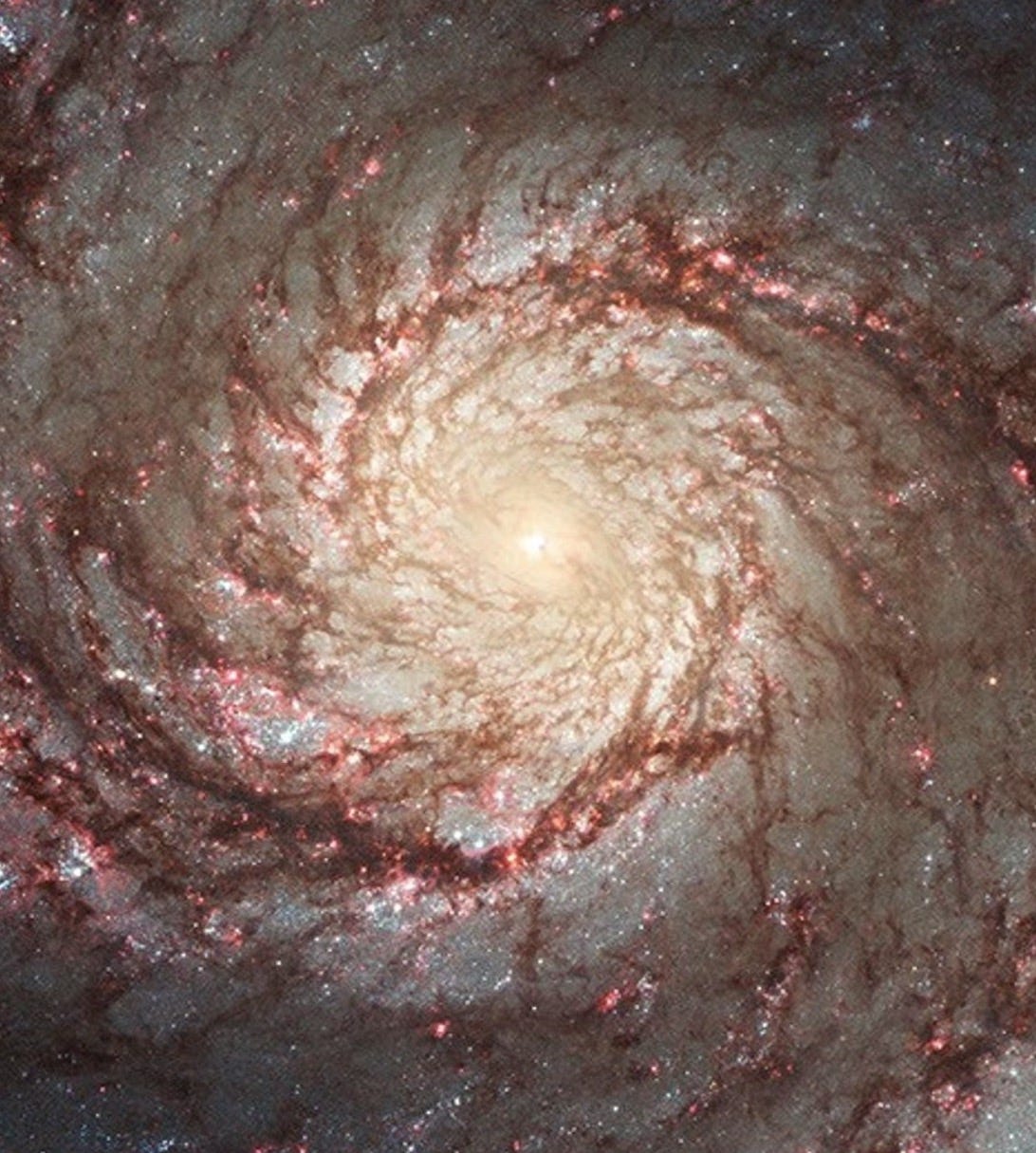
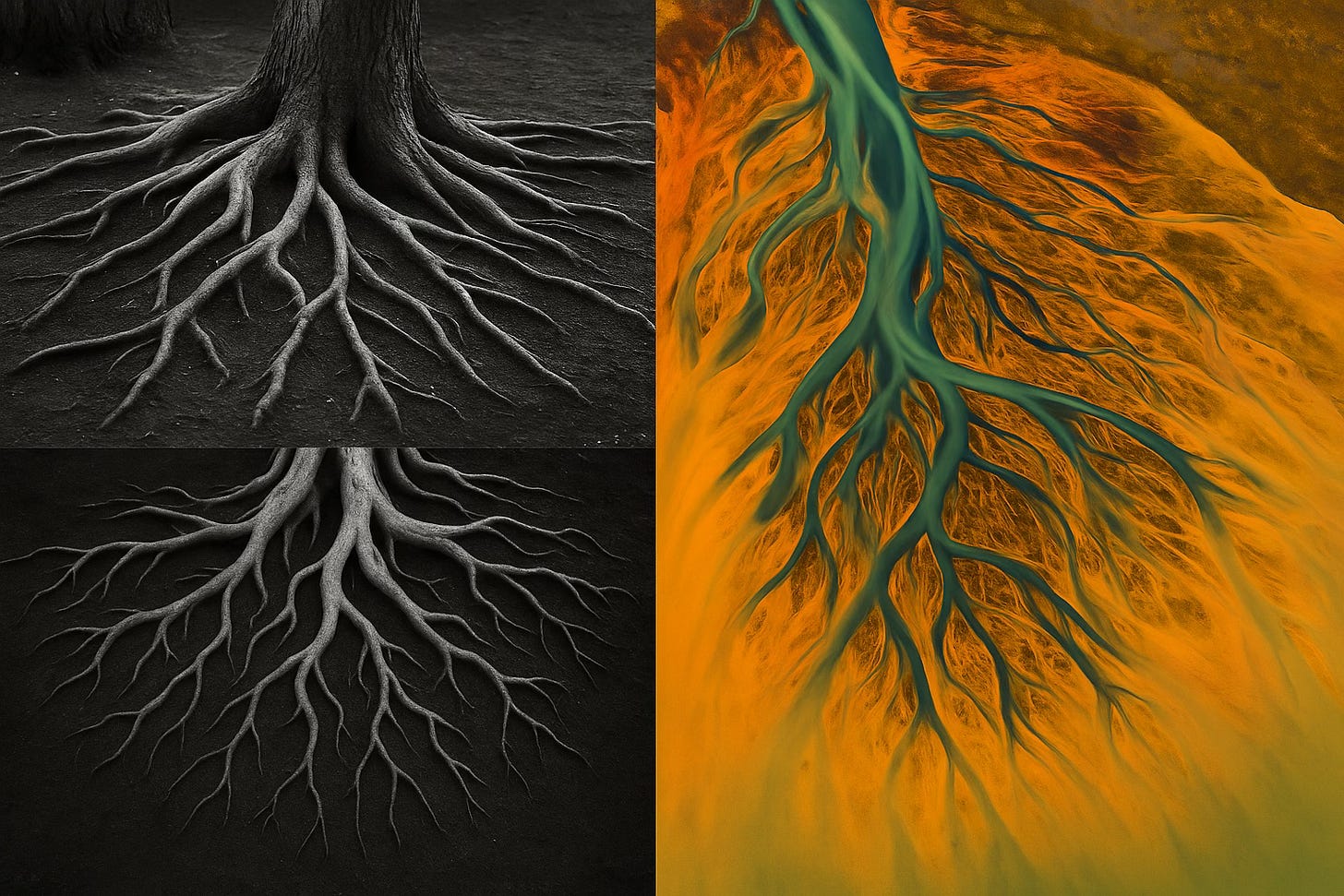
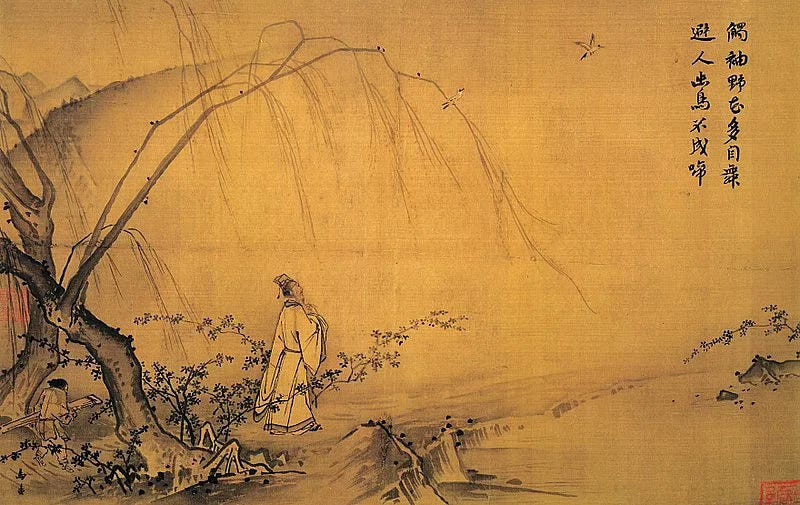
thank you for your work. as a wing chunner i practice qigong - initially martial forms, and now also healing forms as well. along with a very new seated contemplative yin practice that connects to my new yoga as well. this was a treat to read and learn from!
i claim Ziran if i strike a jr training partner too hard 🙃
you eloquently discuss patterns and movements in a way that i cannot. however i wanted to mention how i see the inside of the trigrams forming an octagon… in mma in an octagon i am facing an opposing force - as are the yin yang of the trigrams. standing opposite from it. and the inside of the octagon which contains all of existence - like how it feels being locked in an octagon fighting for ‘survival.’ for your fortune. to make your own future. to self divinate. to toss a coin or throw poe
i’ve never heard ufc president dana white say thats how they chose the octagon… i think it’s the pattern of movments’s that simply exist and form reality?! ufc got to the octagon in its own way - but i think - for the same intrinsic reasons!?
first thing i do when i enter the octagon is strafe around the circle. strafing is attack / defence. and the octagon just makes one strafe/ circle - its a palpable organic moment - a force of nature! and wherein wing chuns yin yang is sil lin di da - simultaneous attack ☯️ defense. mma is - if i can stretch the meaning a bit: in ☯️ out. we fear one another so much that we fight from range. as you may well know, in mma we take huge strides forwards to strike and back out to range in the same motion, where our back foot never left. kinda justifying the yin yang use.
anyways bagua, i ching and ufc maybe? hehe
i would welcome any feedback you may have on my ponderings!
or just thanks for this great article!